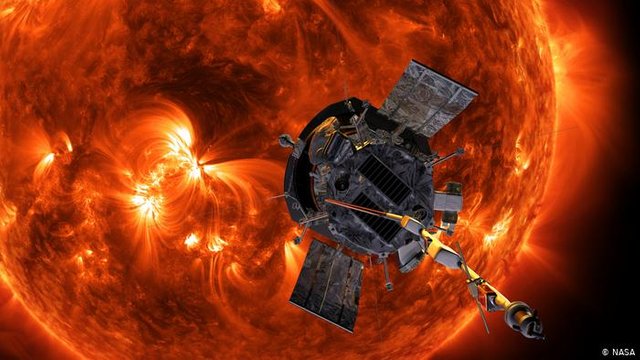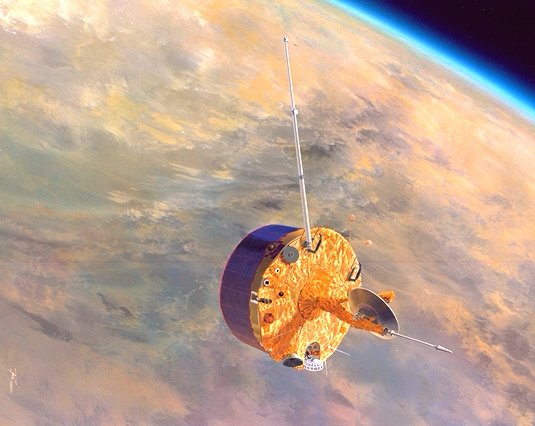The exciting journey of the Parker probe

Souce
The Parker solar probe encountered the sun for the eighth time, the closer it gets to the sun, the faster it must go to avoid being repaired by our star and to get the necessary boost it uses the gravitational assistance of the planet Venus, the last approach to the sun or perihelion. It was April 29.
Last Monday, May 3, NASA published an audio captured within the data set taken on July 11, 2020 by the probe in its third flyby of Venus, what you hear in the video above is a radio broadcast from Venus , is the product of something natural from the ionized gases of the upper layer of the Venus atmosphere charged with the energy provided by the solar wind, but thanks to this emission several things have been discovered, as I said before the Parker solar probe It uses the flybys of Vee as gravitational assistance, which means that it has to fly very close to the planet, during the flight in which it captured the radio emission, the spacecraft passed only 833 kilometers from the Venusian surface and that means crossing the ionosphere of Venus , a layer located at the upper edge of the atmosphere where gas molecules are electrically charged, is a sea of charged gases or plasma that naturally emit radio waves and can be detected Adas by the instruments that go on board the Parker probe, the earth also has an atmosphere but what has been discovered is that the atmosphere of Venus is greatly affected by the activity of the sun.

Souce
Previously, the pioneer spacecraft venus orbiter managed in 1992 to measure the ionosphere of venus with the coincidence that at that time the sun was at its maximum in the solar cycle, while the passage where the radio signal was captured with the Parker sonsa was When the sun was at its solar minimum, although most of the atmosphere of Venus remained the same, the ionosphere that as I have said is the upper part and therefore it is just where the gases of the Venusian atmosphere can escape to the In space, it was much thinner during solar minimum which means that the sun's activity swells and deflates the ionosphere according to solar cycles, which last about 11 years.
Thank you for visiting my blog. If you like posts about #science, #planet, #politics, #rights #crypto, #traveling and discovering secrets and beauties of the #universe, feel free to Follow me as these are the topics I write about the most. Have a wonderful day and stay on this great platform :) :)